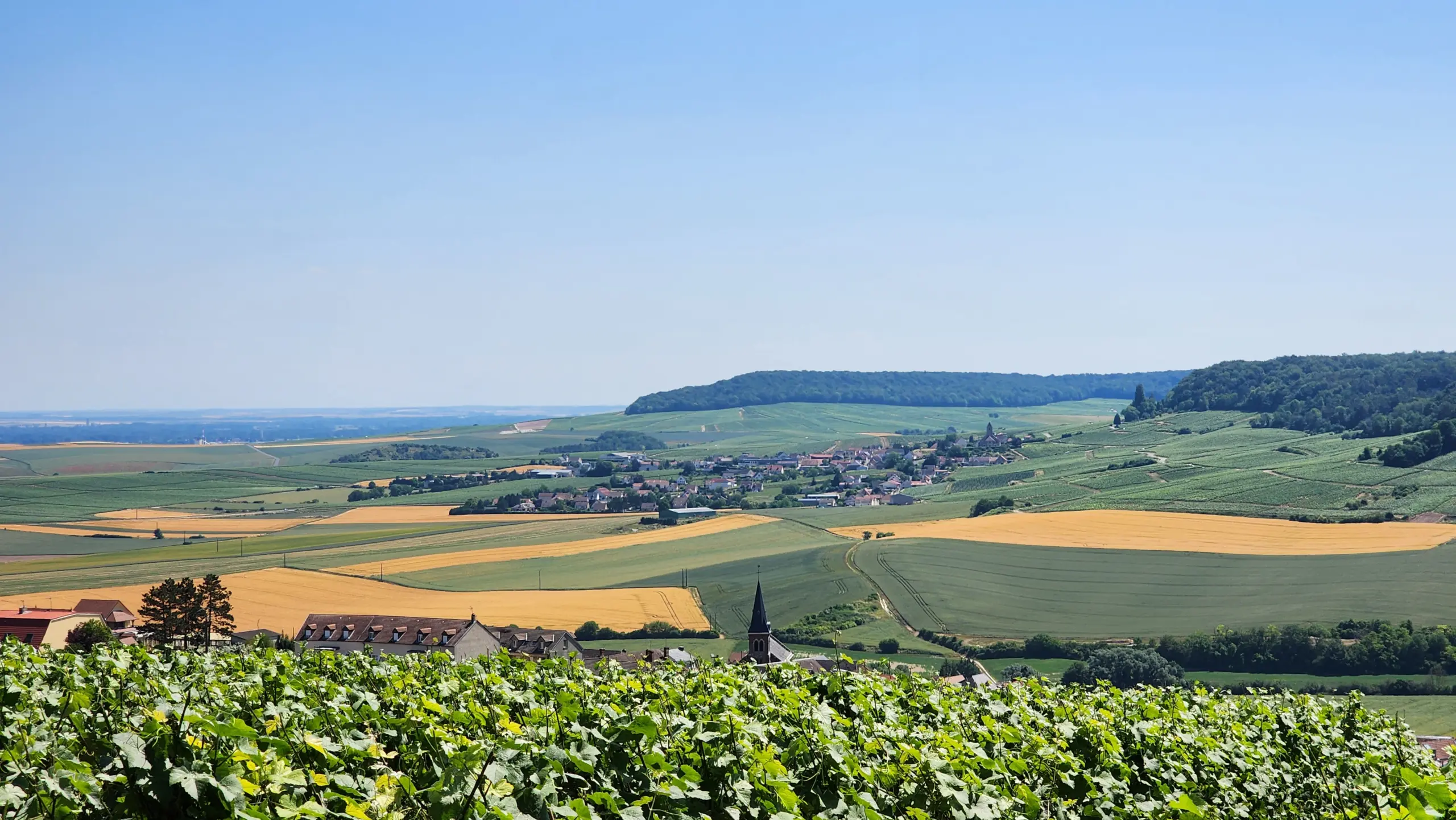Bonjour, fellow adventurers! Today, I’m taking you to a place synonymous with celebration and sophistication – the Champagne Wine Region of France. Known worldwide as the birthplace of sparkling wine, this region is a UNESCO World Heritage site brimming with history, charm, and, of course, bubbles. If you’ve ever dreamt of toasting life’s moments in the vineyards where champagne was born, let me take you on a sparkling journey through this iconic region.
A Toast to History
Champagne’s history is as rich as its taste. Nestled in northeast France, this region gained fame in the late 17th century when Dom Pérignon, a monk at the Abbey of Hautvillers, refined the method of making sparkling wine. While he didn’t invent champagne, Dom Pérignon is often credited with perfecting its production, elevating it to the luxurious drink we know today.
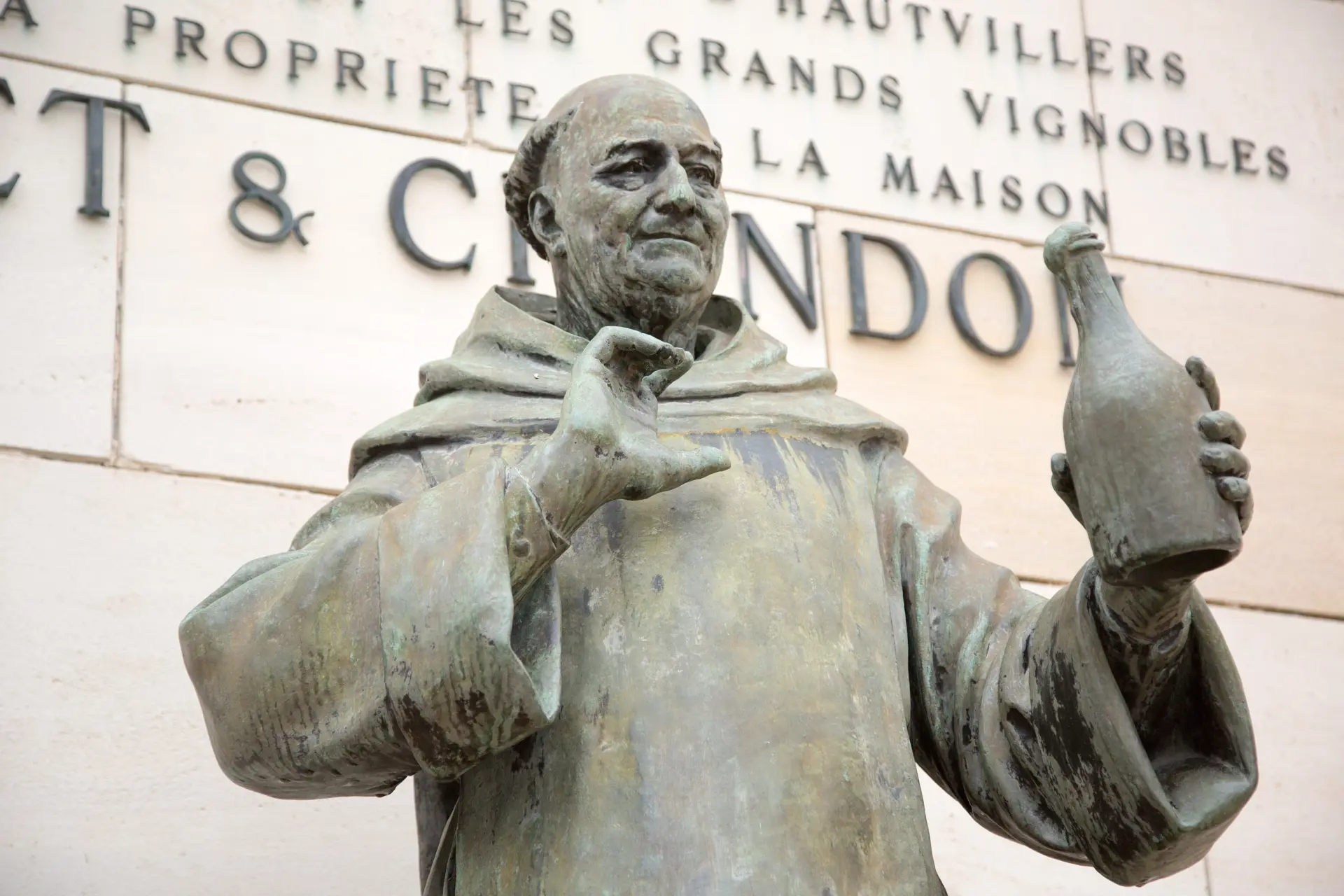
The region became the exclusive home of champagne thanks to the AOC (Appellation d’Origine Contrôlée), established in 1936. This designation legally protects the term “champagne,” ensuring only sparkling wine produced under strict guidelines in this specific region can bear the name. The Champagne region’s chalky soils, cool climate, and unique geography create the perfect conditions for producing its signature bubbles.
Exploring the Champagne Houses
No trip to the Champagne region is complete without visiting its renowned Maisons de Champagne. These champagne houses are the heart of the region, offering guided tours that reveal the magic behind every bottle.
In Épernay, often called the “Capital of Champagne,” you’ll find the legendary Moët & Chandon, Perrier-Jouët, and Pol Roger. Their cellars stretch for miles beneath the town, holding millions of bottles aging in perfect conditions. Walking through these vast underground caverns is like stepping into a secret world of sparkling treasures.
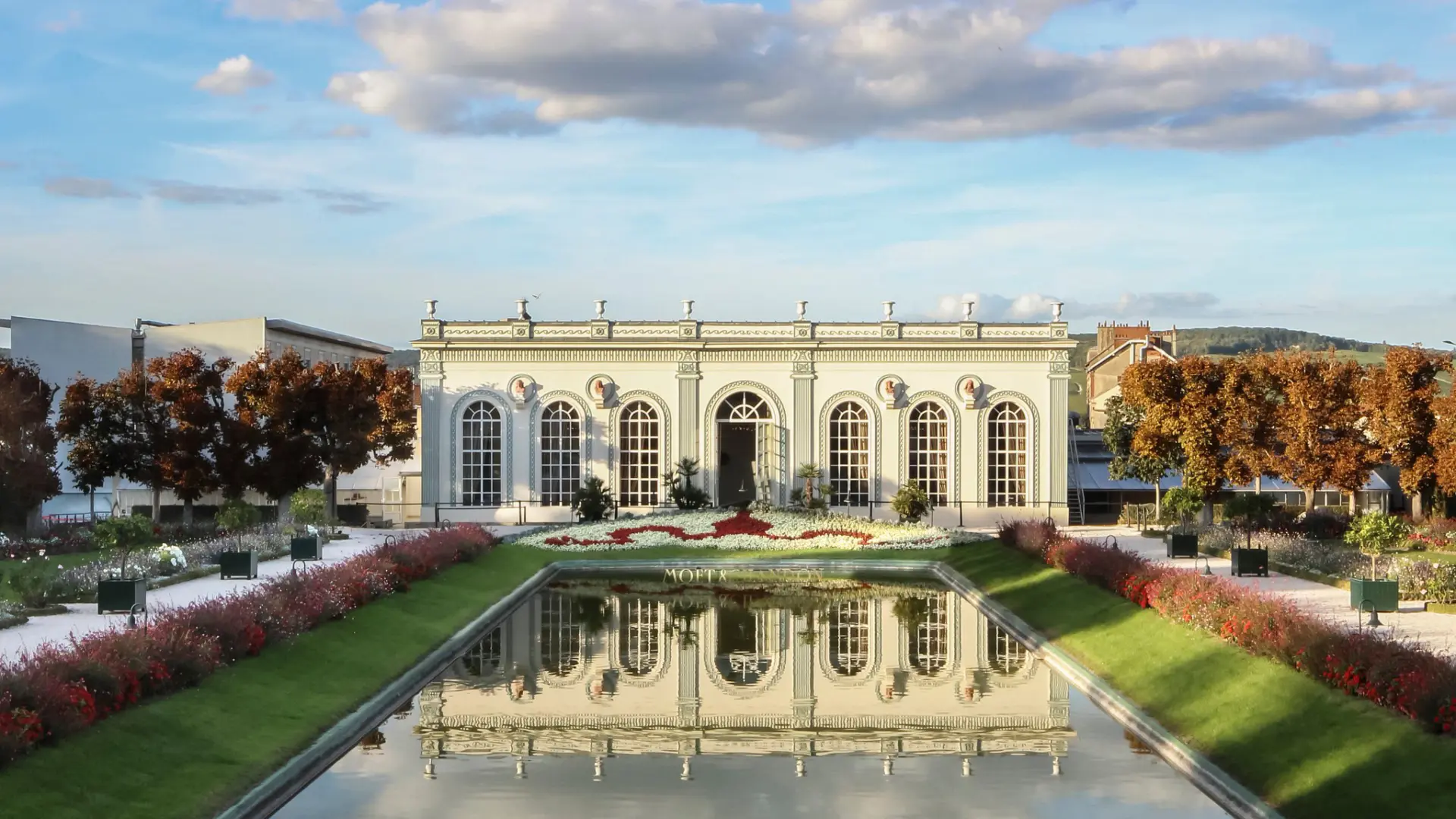
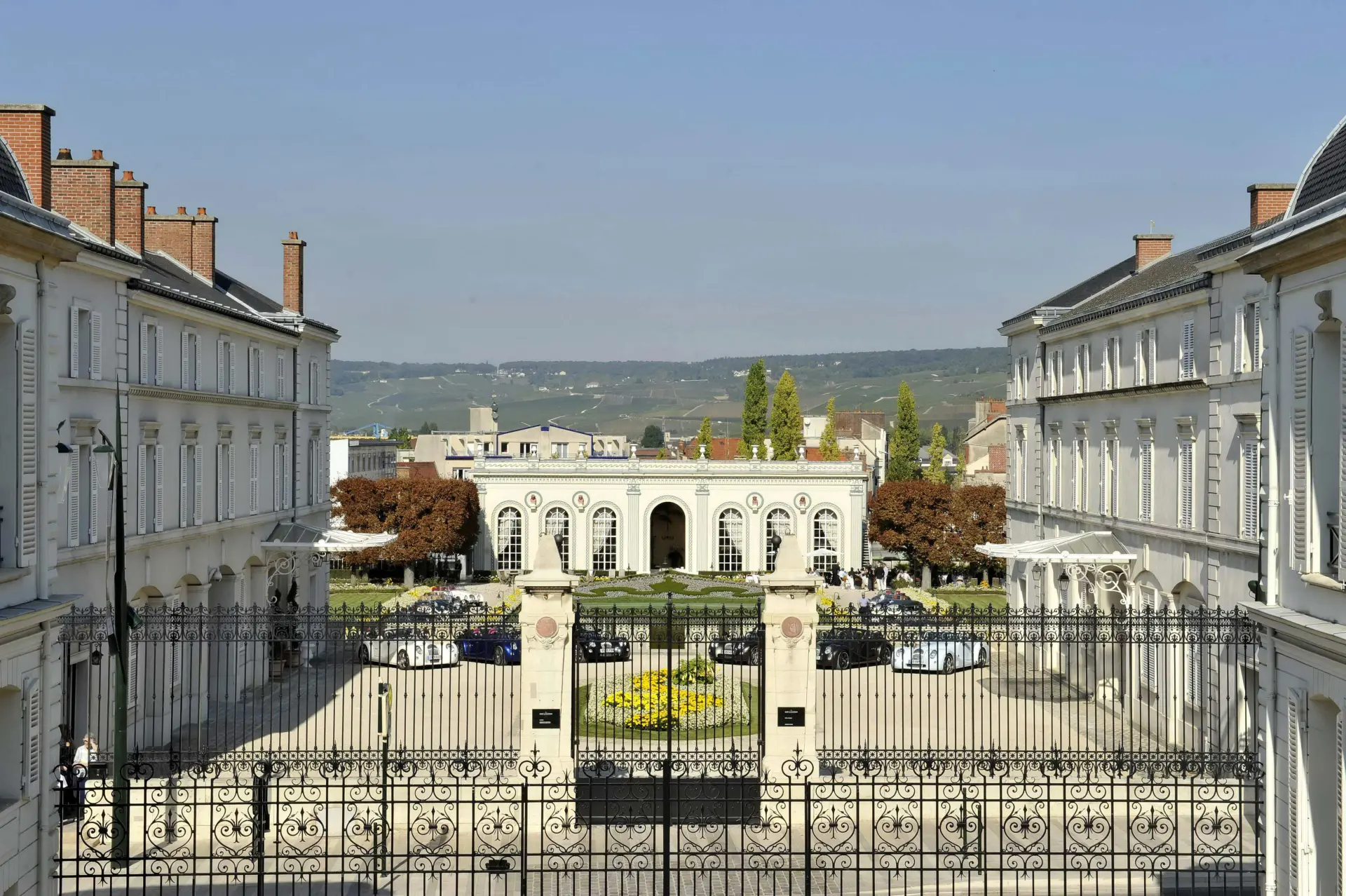
Over in Reims, another key city, don’t miss iconic houses like Veuve Clicquot, Taittinger, and Ruinart, the latter being the oldest champagne house in existence. Each house offers a unique glimpse into their history, winemaking traditions, and, of course, a tasting of their finest cuvées.
For those seeking a more personal touch, smaller, family-run producers throughout the region provide intimate tours and tastings, often sharing heartfelt stories of generations dedicated to the craft.
The Art and Science of Champagne
What sets champagne apart from other sparkling wines is its Méthode Champenoise, also known as the traditional method. This intricate process involves:
- Secondary Fermentation: After the initial fermentation, sugar and yeast are added to the bottle, creating carbon dioxide and the beloved bubbles.
- Aging on Lees: The bottles are stored horizontally, allowing the yeast sediment to interact with the wine. This step enhances its complex flavors and aromas.
- Riddling and Disgorging: Bottles are carefully turned to collect the sediment in the neck, which is then frozen and removed.
- Dosage: A mixture of wine and sugar is added to determine the final sweetness level, ranging from brut nature to doux.
Each bottle ages for at least 15 months, with vintage champagnes requiring a minimum of three years. These rigorous standards ensure exceptional quality and consistency, protecting Champagne’s reputation as the world’s premier sparkling wine.
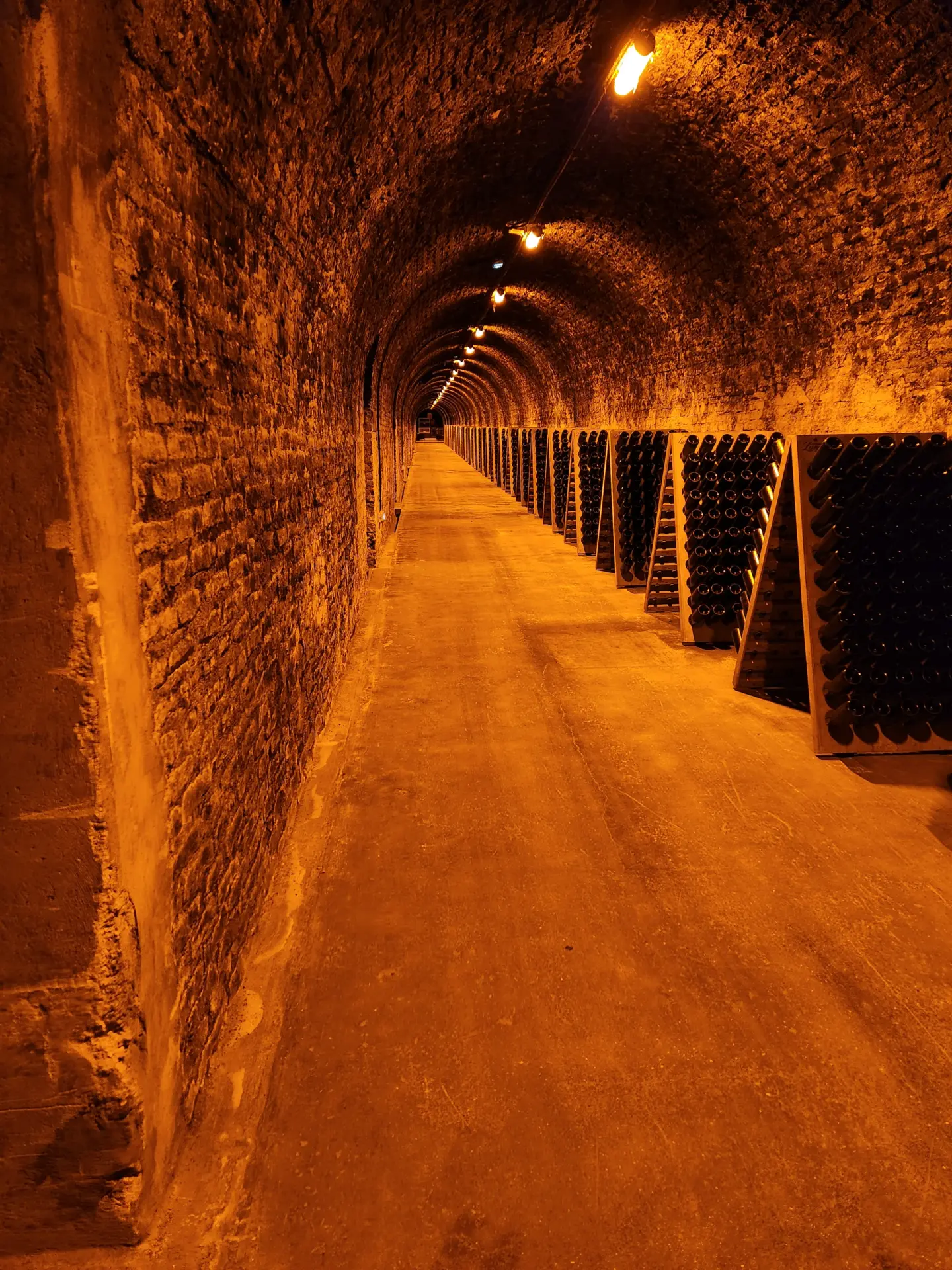
A Region Steeped in Conflict
While Champagne is synonymous with celebration, its history is not without challenges. The region endured significant damage during both World Wars, particularly during World War I, when it became a frontline. Reims, the region’s capital, suffered extensive bombing, and the iconic Reims Cathedral, a masterpiece of Gothic architecture, was nearly destroyed.
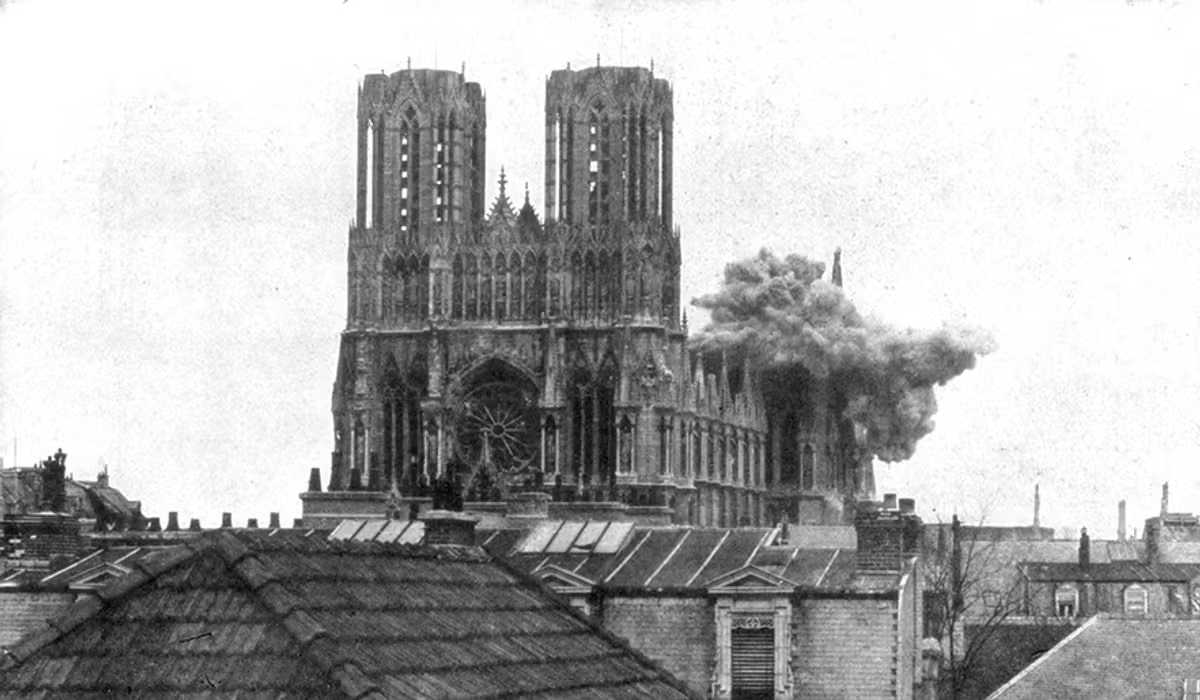
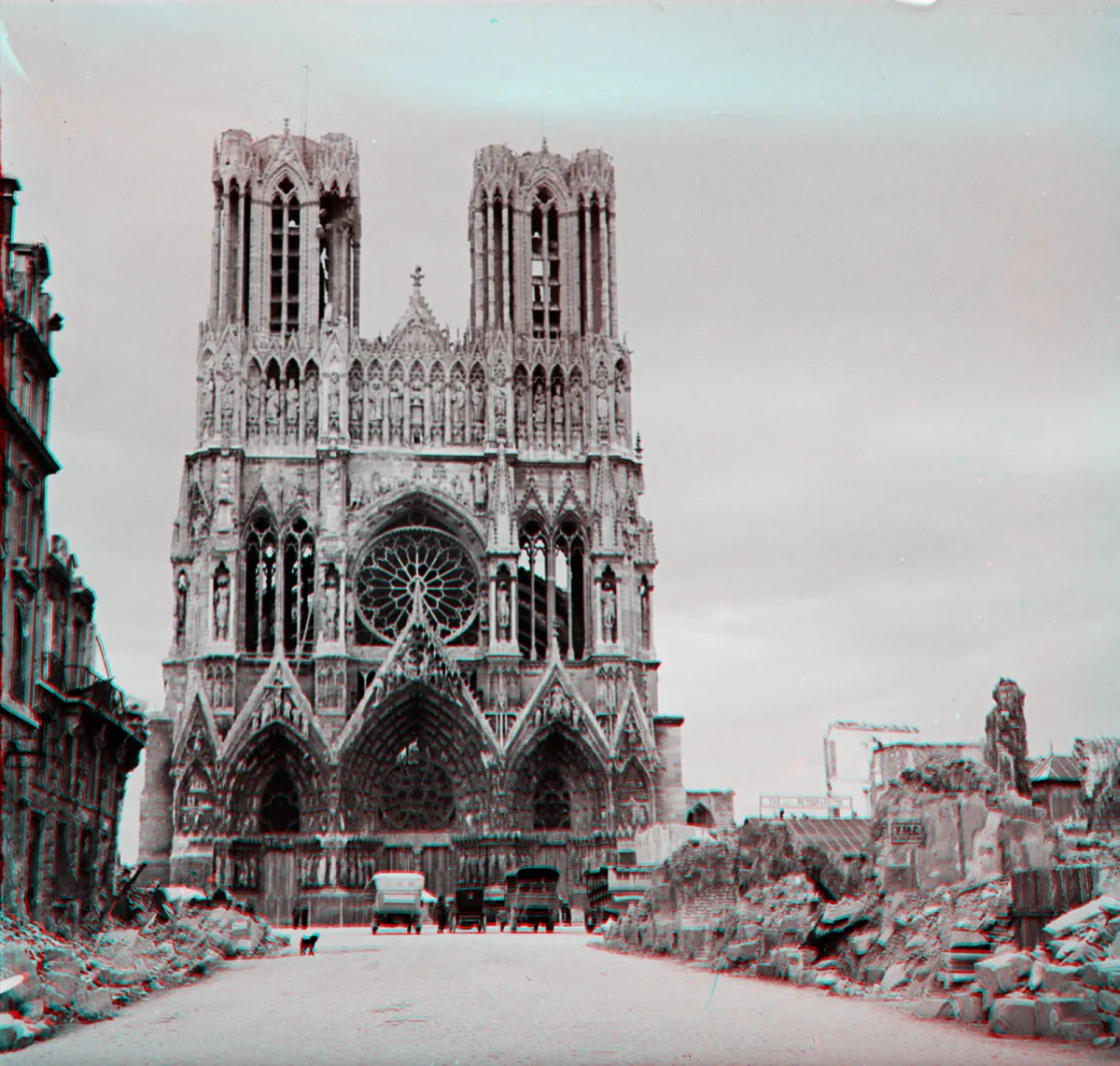
During these turbulent times, the local population sought refuge in the labyrinthine champagne cellars, which served as shelters. These underground havens became places of resilience and community, showcasing the unyielding spirit of the Champagne region.
Today, reminders of these conflicts are evident in the carefully restored architecture and the stories shared by locals. Visiting Champagne is not just about savoring its sparkling wine but also about understanding the perseverance and artistry that have made it thrive despite adversity.
The Beauty of Champagne’s Scenery
One of the most striking aspects of Champagne is its breathtaking landscape. Rolling vineyards stretch as far as the eye can see, their neatly arranged rows creating a patchwork of vibrant greens in the warmer months and golden hues in autumn. The Montagne de Reims, Vallée de la Marne, and Côte des Blancs each offer unique terrain and picturesque villages nestled among the vines.
The chalky subsoil beneath the vineyards doesn’t just nurture the grapes – it also lends a stark, white contrast to the greenery, creating a dramatic and unforgettable view. Quiet country roads, charming cottages, and historic churches dot the region, making every turn feel like a scene from a postcard.
For a truly immersive experience, take a leisurely walk or bike ride through the vineyards, stopping to admire the beauty of this world-renowned landscape. Don’t forget your camera – Champagne’s scenery is as photogenic as it is inspiring.
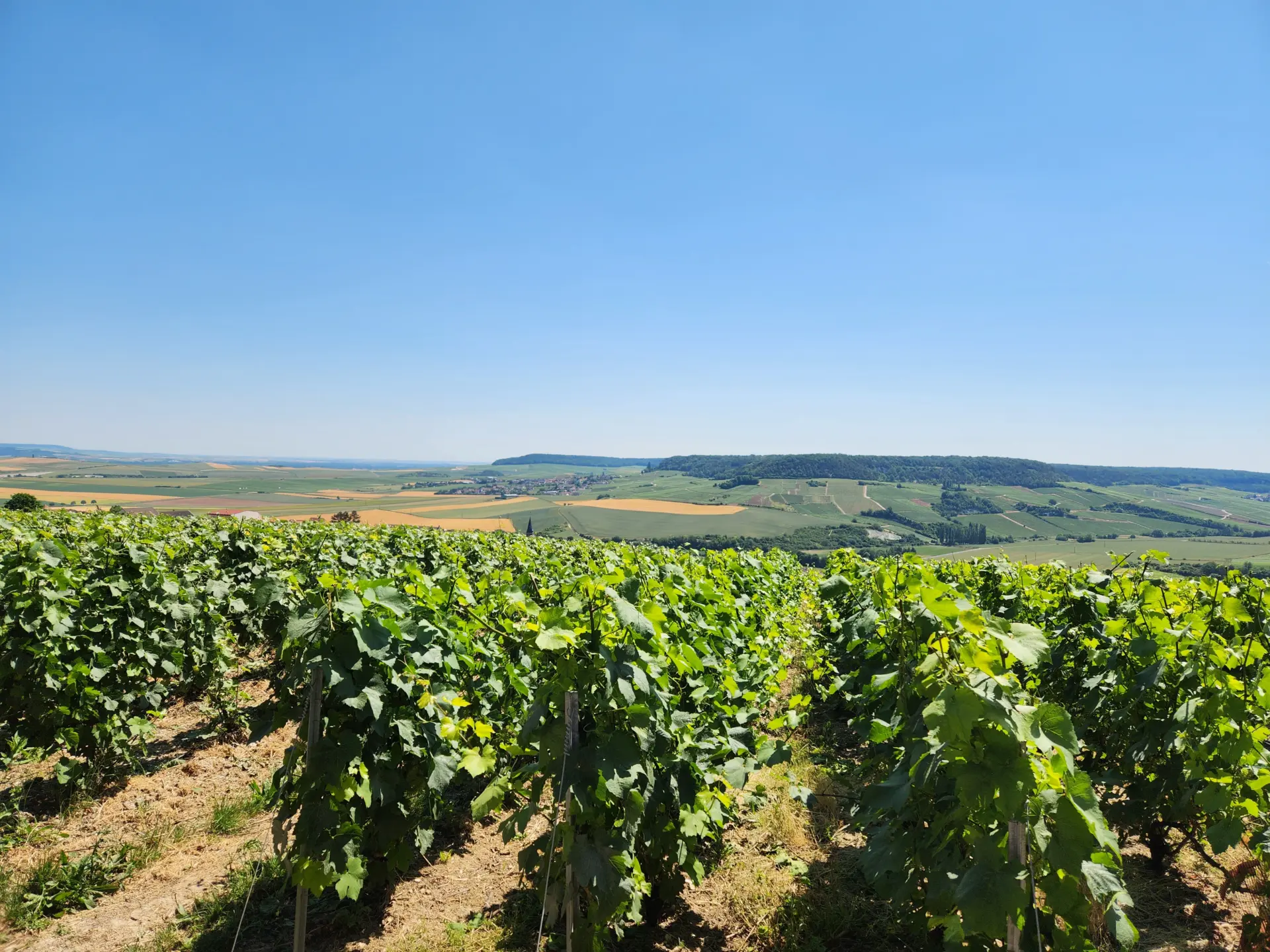
Practical Information for Visiting Champagne
- Best Time to Visit: Late spring to early fall offers the best weather and vibrant vineyards. September is harvest season, making it an exciting time to visit.
- How to Get There: Reims and Épernay are easily accessible by train from Paris (about 45 minutes). Driving offers flexibility to explore smaller villages.
- Tastings and Tours: Many champagne houses require reservations, so plan ahead. Don’t hesitate to explore smaller producers for a more personal experience.
- What to Wear: Comfortable shoes for walking and layers for cool cellar temperatures.
Final Thoughts
The Champagne Wine Region is more than a destination – it’s a celebration of craftsmanship, history, and the enduring magic of bubbles. From its renowned champagne houses to its breathtaking scenery, a visit to Champagne is an unforgettable experience that tantalizes the senses and inspires the soul.
So, pack your bags and prepare for a toast to the good life. Champagne is calling, and it’s simply sparkling!
Until next time, keep finding your sparkle, everywhere! ✨🍾
Xoxo,
Bubbly 🎈

